The Food and Drink of Sydney
Big City Food Biographies Series
Series Editor : Ken Albala, University of the Pacific,
Food helps define the cultural identity of cities in much the same way as the distinctive architecture and famous personalities. Great cities have one-of-a-kind food cultures, offering the essence of the multitudes who have immigrated there and shaped foodways through time. The Big City Food Biographies series focuses on those metropolises celebrated as culinary destinations, with their iconic dishes, ethnic neighborhoods, markets, restaurants, and chefs. Guidebooks to cities abound, but these are real biographies that will satisfy readers desire to know the full food culture of a city. Each narrative volume, devoted to a different city, explains the history, the natural resources, and the people that make that citys food culture unique. Each biography also looks at the markets, historic restaurants, signature dishes, and great cookbooks that are part of the citys gastronomic makeup.
Books in the Series
New Orleans: A Food Biography , by Elizabeth M. Williams
San Francisco: A Food Biography , by Erica J. Peters
New York City: A Food Biography , by Andrew F. Smith
Portland: A Food Biography , by Heather Arndt Anderson
Chicago: A Food Biography , by Daniel R. Block and Howard B. Rosing
Kansas City: A Food Biography , by Andrea L. Broomfield
Rio de Janeiro: A Food Biography , by Marcia Zoladz
Madrid: A Culinary History , by Maria Paz Moreno
Miami: A Food Biography , by Kimberly Wilmot Voss
The Food and Drink of Sydney
A History
Heather Hunwick
ROWMAN & LITTLEFIELD
Lanham Boulder New York London
Published by Rowman & Littlefield
A wholly owned subsidiary of The Rowman & Littlefield Publishing Group, Inc.
4501 Forbes Boulevard, Suite 200, Lanham, Maryland 20706
www.rowman.com
Unit A, Whitacre Mews, 26-34 Stannary Street, London SE11 4AB
Copyright 2018 by Rowman & Littlefield
All rights reserved . No part of this book may be reproduced in any form or by any electronic or mechanical means, including information storage and retrieval systems, without written permission from the publisher, except by a reviewer who may quote passages in a review.
British Library Cataloguing in Publication Information Available
Library of Congress Cataloging-in-Publication Data
Names: Hunwick, Heather Delancey, author.
Title: The Food and Drink of Sydney : A History / Heather Hunwick.
Description: Lanham : Rowman & Littlefield, [2018] | Series: Big city food biographies series | Includes bibliographical references and index.
Identifiers: LCCN 2017043901 (print) | LCCN 2017047216 (ebook) | ISBN 9781442252042 (Electronic) | ISBN 9781442252035 (cloth : alk. paper)
Subjects: LCSH: FoodAustraliaSydney (N.S.W.)History. | Food industry and tradeAustraliaSydney (N.S.W.)History. | GrocersAustraliaSydney (N.S.W.)History. | Cooking, AustralianHistory. | Sydney (N.S.W.)History.
Classification: LCC TX360.A783 (ebook) | LCC TX360.A783 S945 2018 (print) | DDC 641.3009944/1dc23
LC record available at https://lccn.loc.gov/2017043901
 The paper used in this publication meets the minimum requirements of American National Standard for Information SciencesPermanence of Paper for Printed Library Materials, ANSI/NISO Z39.48-1992.
The paper used in this publication meets the minimum requirements of American National Standard for Information SciencesPermanence of Paper for Printed Library Materials, ANSI/NISO Z39.48-1992.
Printed in the United States of America
Contents
, by Ken Albala
Big City Food Biographies, Series Foreword
Cities are rather like living organisms. There are nerve centers, circulatory systems, structures that hold them together, and of course conduits through which food enters and waste leaves the city. Each city also has its own unique personality, based mostly on the people who live there but also on the physical layout, the habits of interaction, and the places where people meet to eat and drink. More than any other factor, it seems that food is used to define the identity of so many cities. Simply say any of the following words and a particular place immediately leaps to mind: bagel, cheesesteak, muffuletta, chowda, and cioppino in the United States. Or think of the deep food associations with cities around the world, Naples and pizza, Hong Kong and dim sum, apple strudel with Vienna. Natives, of course, have many more associationstheir favorite restaurants and markets, bakeries and donut shops, pizza parlors, and hot dog stands. Even the restaurants seem to have their own unique vibe wherever you go. Some cities boast great steakhouses or barbecue pits; others, their ethnic enclaves and more elusive specialties like Frito pie in Santa Fe, Cincinnati chili, and Chicago deep-dish pizza. Tourists might find snippets of information about such hidden gems in guidebooks; the inveterate flaneur naturally seeks them out personally. For the rest of us, this is practically uncharted territory.
These urban food biographies are meant to be not guidebooks but rather real biographies, explaining the urban infrastructure, the natural resources that make each city unique, and most importantly the history, people, and neighborhoods. Each volume is meant to introduce you to the city or reacquaint you with an old friend in ways you may never have considered. Each biography also looks at the historic restaurants, signature dishes, and great cookbooks that reflect each citys unique gastronomic makeup. We have also begun looking at cities around the world and the historic food cultures they embrace.
These food biographies also come at a crucial juncture in our culinary history as a people. Not only do chain restaurants and fast food threaten the existence of our gastronomic heritage, but also we are increasingly mobile as a people, losing our deep connections to place and the cooking that happens in cities over the generations with a rooted population. Moreover, signature dishes associated with individual cities become popularized and bastardized and are often in danger of becoming caricatures of themselves. Ersatz versions of so many classics, catering to the lowest common denominator of taste, are now available everywhere. Our gastronomic sensibilities are in danger of becoming entirely homogenized. The intent here is not, however, to simply stop the clock or make museum pieces of classic cuisines. Cooking must and will evolve, but understanding the history of each citys food will help us make better choices, will make us more discerning customers, and perhaps will make us more respectful of the wonderful variety that exists across the globe.
Ken Albala
University of the Pacific
Preface
I first experienced Sydney in 1973 as a young Canadian intent on exploring Australia from west to east. It was a heady time. Queen Elizabeth II had just officially opened the Opera House. With just a few days to spare I was determined above all to take in the magnificent harbor and surrounds, certain I would never see any of it again. At the time I could not imagine returning a few years later, this time to liveand I have been a proud Sydneysider ever since. My first workplace, in what was then an ungentrified part of town between Central Railway Station and Haymarket, to my surprise and delight offered some rather exotic lunch opportunities, from Cyrils Delicatessen to Chinatown in Dixon Street and some new, then-exotic Vietnamese spots on George Street. But at the time these were exceptions to the norm. My travels both in the city and throughout the state revealed a solidly British food tradition that, although somewhat adapted to local conditions, made few concessions to other cuisines. The transformation of this remarkable city, essentially since that time into todays vibrant, diverse culinary destination, is a rich story worth telling.




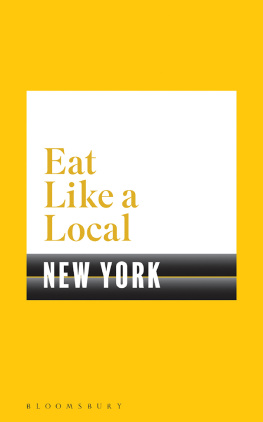
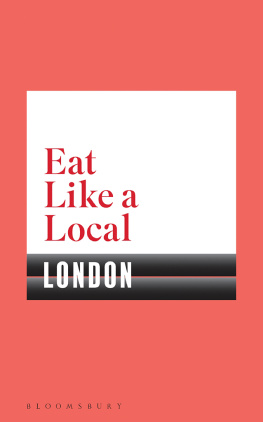
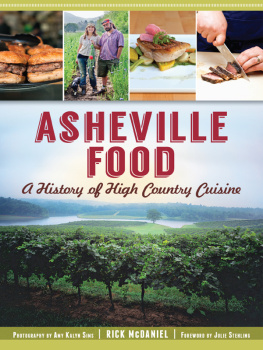
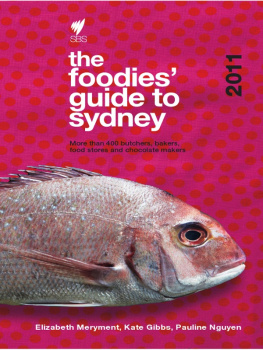
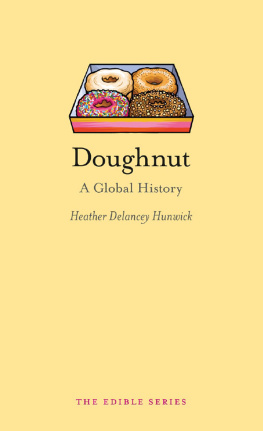
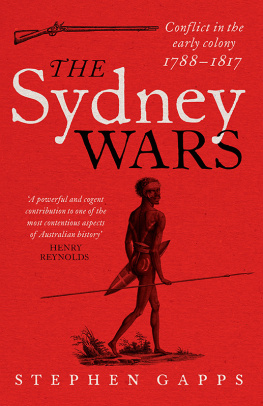

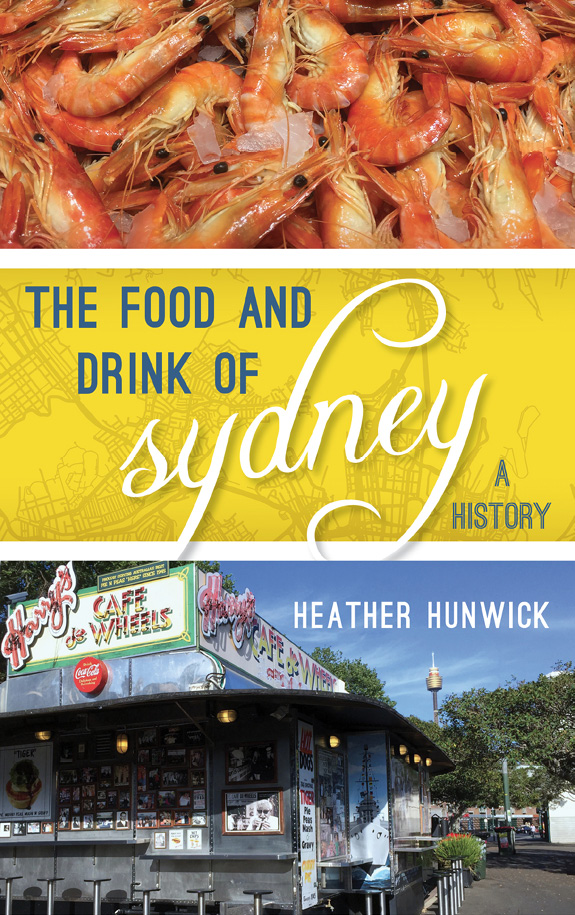
 The paper used in this publication meets the minimum requirements of American National Standard for Information SciencesPermanence of Paper for Printed Library Materials, ANSI/NISO Z39.48-1992.
The paper used in this publication meets the minimum requirements of American National Standard for Information SciencesPermanence of Paper for Printed Library Materials, ANSI/NISO Z39.48-1992.